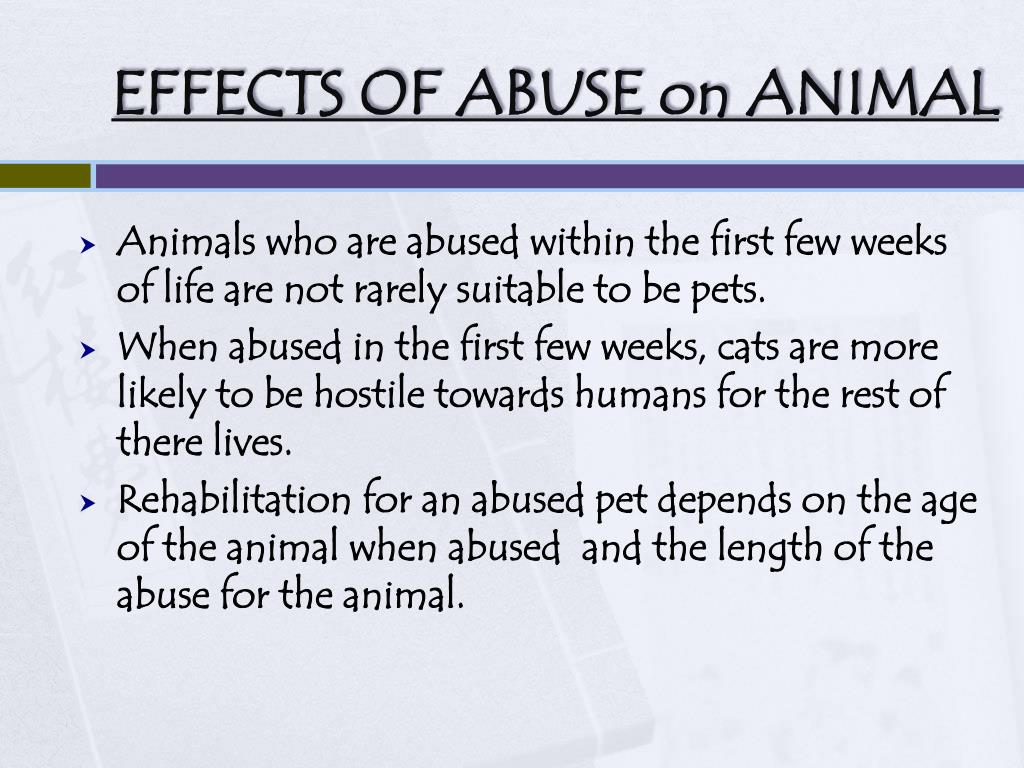Animal cruelty is a pervasive issue that manifests in various forms, from neglect and abandonment to overt physical abuse. The implications of such acts extend beyond the immediate suffering of the animals involved; they also reflect deeply rooted societal problems. Understanding the causes of animal cruelty requires a comprehensive exploration of the multifaceted influences on individuals and communities. By examining these factors, we can begin to address the underlying issues that contribute to the maltreatment of animals.
One of the most prominent causes of animal cruelty stems from a pervasive lack of empathy. Many individuals who engage in cruel behavior towards animals exhibit a deficiency in emotional intelligence. This lack of empathy can often be traced back to their upbringing, wherein they may have been exposed to violence or neglect themselves. Children who grow up in abusive environments may come to view violence as a normal means of interaction, leading to a desensitization towards suffering—be it human or animal. Consequently, the cycle of abuse perpetuates itself, as those who experience violence are prone to exhibiting similar behaviors later in life.
Another contributing factor is the normalization of violence in society. With the proliferation of violent media—ranging from video games to films—individuals, especially impressionable youths, may become conditioned to view brutality as entertainment. This societal desensitization can lead to a diminished regard for the well-being of animals. Gazing at violence within the confines of a screen may instill excitement in some, yet, when the boundary between reality and fiction blurs, such individuals might find themselves exhibiting aggression in real-life situations, including towards animals.
A further complication arises from socioeconomic conditions. In communities plagued by poverty, resources are scarce, and the focus often shifts to immediate survival rather than the welfare of pets or local wildlife. Many individuals may not have access to basic veterinary care, leading them to neglect or mistreat animals due to a lack of knowledge or resources. The grim reality is that animal neglect in impoverished communities can often be an inadvertent byproduct of the struggles faced by their human inhabitants. In these scenarios, the connection between human welfare and animal welfare remains inextricably linked.
Environmental factors also contribute significantly to animal cruelty. Urban settings, characterized by high population density and minimal green spaces, can create chaotic living conditions where animals are often seen as nuisances rather than sentient beings. Stray animals abound in such areas, facing both neglect and violence from those who view them as pests. In stark contrast, rural areas may see different forms of neglect stemming from overpopulation of certain species, leading to mass wildlife suffering as a consequence of human encroachment on natural habitats.
Additionally, cultural influences deserve attention when analyzing the causes of animal cruelty. In some communities, specific species may be viewed through a lens of superstition, leading to ritualistic abuse. Practices that have been passed down through generations can perpetuate harmful traditions, resulting in mistreatment based on age-old beliefs. Communities entrenched in such ideologies may struggle to adapt to evolving societal standards regarding animal rights.
Moreover, mental health issues can play a pivotal role in the perpetuation of animal cruelty. Psychological disorders, such as antisocial personality disorder, can lead to a troubling disregard for the lives of others, animals included. Individuals exhibiting such traits may inflict pain on animals as a means of exerting control or expressing their own internal frustrations. The correlation between mental health and abusive behaviors necessitates a compassionate, informed approach to addressing the underlying psychological issues that fuel cruelty.
Educational deficiencies also play a significant role in animal welfare attitudes. A lack of awareness regarding animal rights, the responsibilities of pet ownership, and the importance of humane treatment can foster an environment where cruelty is tolerated or overlooked. Community outreach and educational programs focused on the ethical treatment of animals can significantly alter perceptions and behaviors. Teaching empathy, responsible pet care, and understanding of animal needs can create a ripple effect, ultimately leading to more humane communities.
Cultivating a society that prioritizes animal welfare requires a concerted effort from various stakeholders. Initiatives led by local governments, non-profit organizations, and community leaders can pave the way for change. By addressing the deeper societal issues that contribute to animal cruelty, we can foster a culture of empathy and respect for all living beings. The cultivation of community norms centered on compassion, enhanced educational outreach, and accessible resources for both humans and animals must be prioritized.
In conclusion, the causes of animal cruelty are complex and often interwoven with broader societal issues. Understanding these causes is imperative for devising effective interventions. By fostering empathy, challenging cultural norms, and ensuring educational opportunities, communities can take meaningful strides towards eradicating animal cruelty. Creating a more humane world begins with acknowledging these underlying causes and addressing them head-on, fostering a culture that cherishes and respects all forms of life.





